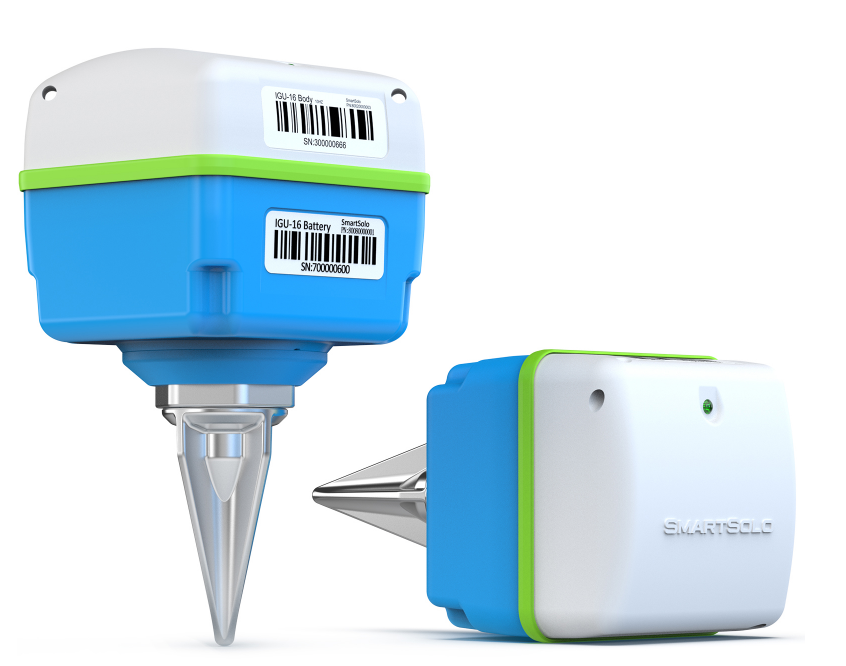How does a seismic sensor work?
Seismic sensors, also known as seismometers or accelerometers, are crucial instruments that allow us to detect and analyze ground motion caused by seismic waves—vibrations emanating from events such as earthquakes, volcanic activity, or even human-made explosions.

1. The Basics of Seismic Waves:
1.1 Types of Seismic Waves:
1.2 Propagation through Earth:
2. Components of a Seismic Sensor:
2.1 Mass and Spring System:
2.2 Motion Detection Mechanism:
3. Principles of Operation:
3.1 Inertia and Ground Motion:
3.2 Relative Motion Detection:
4. Types of Seismic Sensors:
4.1 Pendulum Seismometers:
Pendulum-based seismometers use the swinging motion of a pendulum to detect ground movement. When the ground shakes, the pendulum remains stationary due to its inertia, and the relative motion is measured.
4.2 Force-Balance Accelerometers:
Explore more:Revolutionizing Electronics: Color Code Inductors 2.0 - How will it impact the tech industry?Top 5 Tips for Choosing Wire Wound Resistor in the Philippines - Which one suits your needs best?5. Recording Seismic Data:
5.1 Recording Seismic Traces:
5.2 Seismic Network:
Seismic sensors are often part of a larger seismic network, allowing for the triangulation of seismic events. By comparing the arrival times of seismic waves at different sensor locations, the location and depth of the seismic source can be determined.
6. Applications of Seismic Sensors:
6.1 Earthquake Monitoring:
Seismic sensors are fundamental tools in earthquake monitoring systems. They provide real-time data that helps assess the magnitude, location, and depth of earthquakes, contributing to early warning systems.
6.2 Volcanic Activity Monitoring:
Monitoring ground motion around volcanoes helps in understanding volcanic activity. Seismic sensors can detect precursory signals, such as increased seismicity, providing insights into potential eruptions.
6.3 Nuclear Test Monitoring:
7. Challenges and Advances:
7.1 Noise Reduction:
7.2 Miniaturization and Portability:
Seismic sensors are indispensable tools for scientists and seismologists, providing a window into the dynamic behavior of the Earth. By detecting and recording ground motion caused by seismic waves, these sensors contribute not only to our understanding of natural phenomena like earthquakes and volcanic activity but also to critical applications such as early warning systems and global efforts to monitor nuclear tests. As technology continues to advance, seismic sensors will play an increasingly vital role in unraveling the mysteries of the Earth's inner workings.




Comments
Please Join Us to post.
0